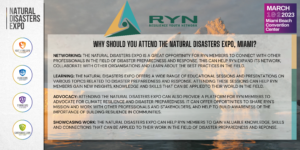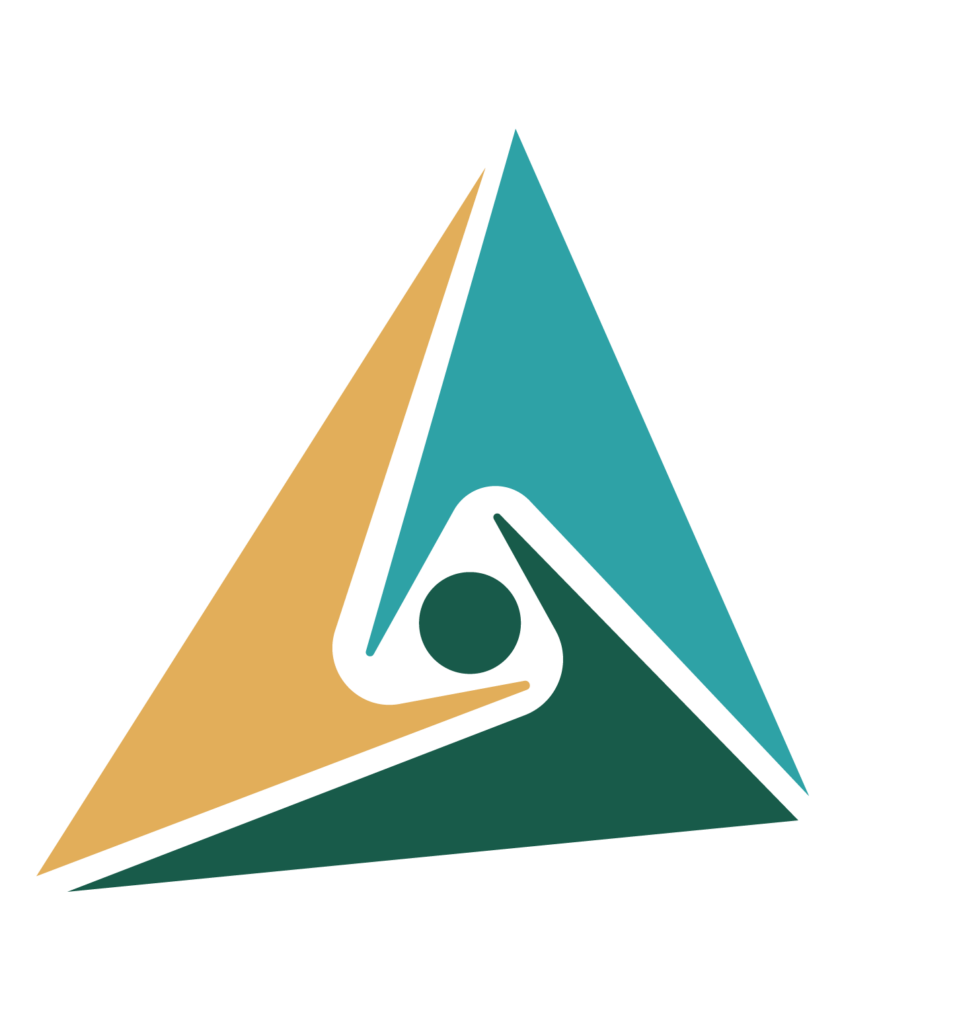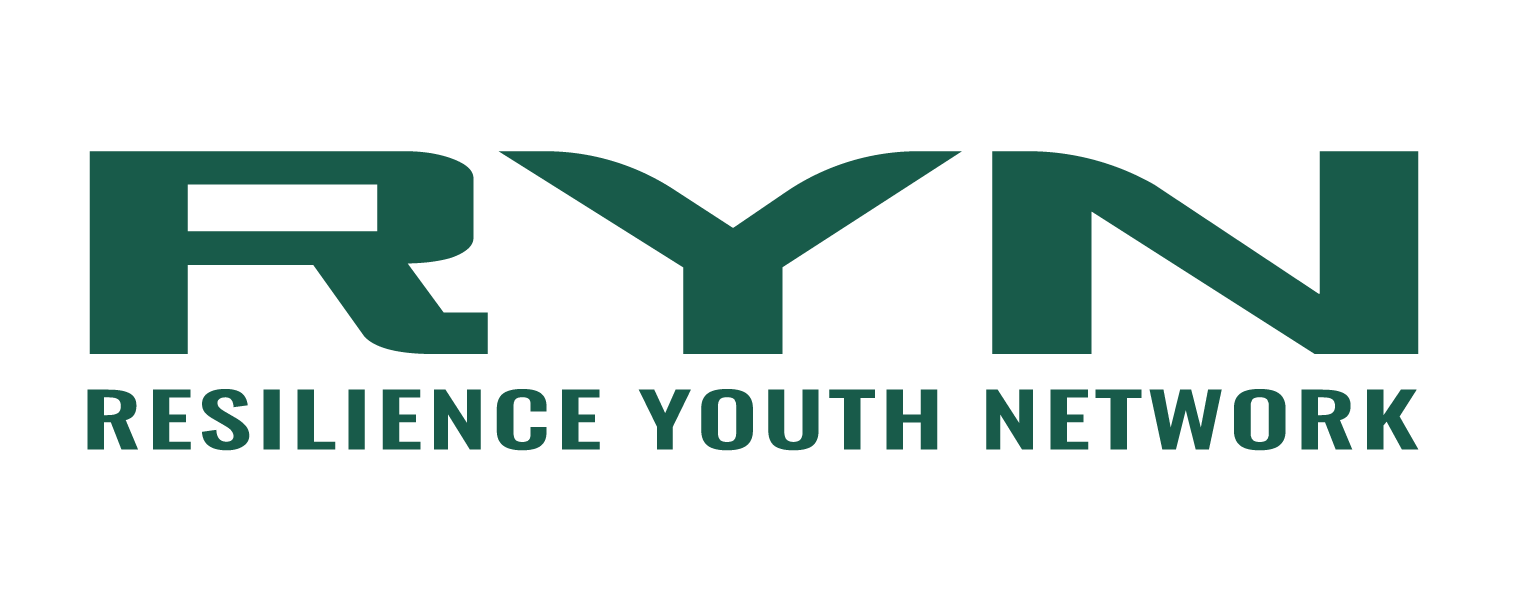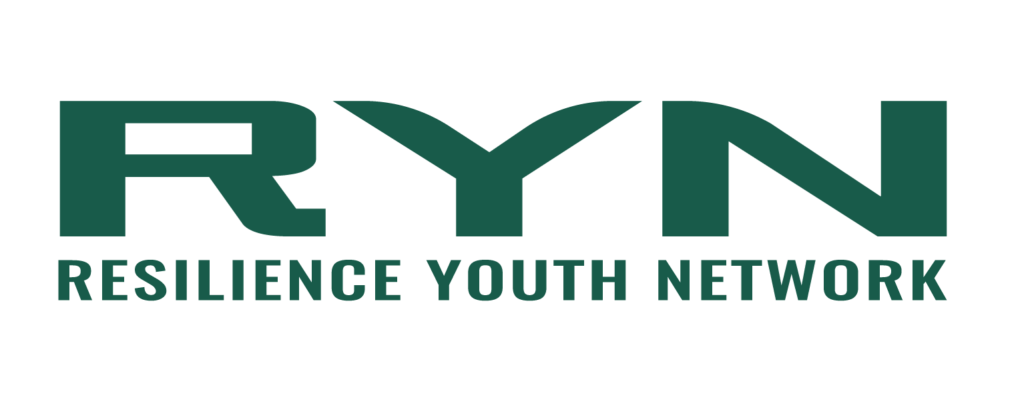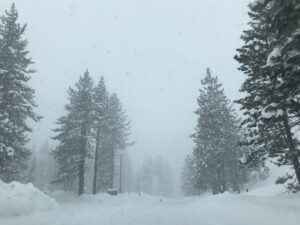In 1992, Hurricane Andrew slammed into South Florida, killing 40 people and destroying more than 25,000 homes in Miami-Dade County. Inspections after the storm revealed that houses had been poorly designed and haphazardly built, unable to withstand the storm’s 174-mph winds.
This inability to withstand strong winds came from a lax building code that was not enforced. This substandard code had been implemented during a development boom in the 1970s and 1980s, and its lack of enforcement enabled quick and cheap construction. After Hurricane Andrew, building codes were revised so residential structures were more capable of withstanding hurricane-force winds.
The Front Range now is facing a reckoning similar to that of South Florida. A region with high risks from natural hazards such as wildfires has had rapid development occur in response to a booming population.
This development has its drawbacks. These sprawling communities of wood frame homes, like those in Louisville and Superior, are susceptible to damage from fire and high winds.
The Marshall fire, driven by incredibly high winds (the peak wind speed of 117 mph is coincident with the sustained wind speeds of a Category 3 hurricane), destroyed more than 900 homes and other structures, and displaced thousands of people.
While freakishly fast winds may be uncommon, the dry conditions that encouraged the spread of the fire are not an anomaly, and will continue to worsen as our climate continues to warm. Climate change is making Colorado drier and more arid and, as a result, wildfires are becoming more frequent and more severe.
Prolonged drought results in drier soil and plants that are more susceptible to burning; conditions that are favorable for fires. It is these same conditions that enabled the rapid spread of the Marshall fire.
It is critical that we adapt to the new reality of a drier Colorado by making our communities resilient, able to to withstand physical hazards, maintain functionality, and adapt to rising climate risks, such as wildfires.
Fortunately, the topic of wildfire resilience has already been well-explored. As our communities look to recover, we can look for guidance within the borders of our state at the Colorado Resiliency Office and various county efforts, as well as to other states and institutions. For example, the Center for Energy and Climate Solutions has published resilience strategies for wildfires:
- Zoning and development codes that encourage smart growth.
- Landscaping regulations that reduce flammable vegetation around buildings.
- Requiring ignition-resistant materials in new construction and incentivizing the retrofitting of existing structures.
- Reinforcing certain structures, such as power lines, for increased wind loads, with the intent of preventing fires.
These investments and changes can decrease the impacts of fires on properties, lower insurance rates, and protect public health.
Some of these initiatives already have been implemented in various Colorado counties. For example, in 2002 Colorado Springs passed a roof ordinance that banned wood roofs and required fire-resistant roofing materials. By early 2020, more than 69,000 roofs had been replaced or upgraded.
Boulder County’s Wildfire Partners program helps homeowners prepare for wildfires by educating them about wildfire risks, performing property assessments, and providing reports for recommended actions to reduce wildfire risk.
Emergency preparedness is also a critical component of resilience. Without the efforts of our firefighters, law enforcement officers, and public officials, the Marshall fire would have been far worse.
This situation begs the question – why are there no universal state guidelines regarding the design and construction of our communities so they can withstand these devastating events?
A year ago, Colorado Public Radio reported that there have been numerous efforts to introduce a state wildfire code, but none have succeeded due to lobbying from building and real estate industry groups. These organizations argue that decisions should be local, rather than state-mandated.
This problem is not unique to Colorado. Throughout the country, building codes are often written for the benefit of developers and builders, so that homes can be produced quickly and inexpensively. Wood homes are cheaper than those made from concrete or steel; however, they are not capable of withstanding a fire.
There is an argument to be made for producing homes — from starters to mansions — as inexpensively as possible, particularly in Colorado’s housing market. Yet at what point does an attractive price become more important than building a structure that can withstand a fire?
As more people move to the Centennial State, it is critical that we reassess the way in which communities are developed. We cannot continue to build the way we have been, rapidly constructing vast and cheap developments that successfully house people but are unable to withstand fires.
We must build (and re-build) thoughtfully and intentionally. Codes and ordinances must be revised so structures and systems are better able to withstand the next Marshall fire. We need to ask ourselves and our elected officials: what do we need to do to ensure that our homes and infrastructure can withstand the climate of the future?
